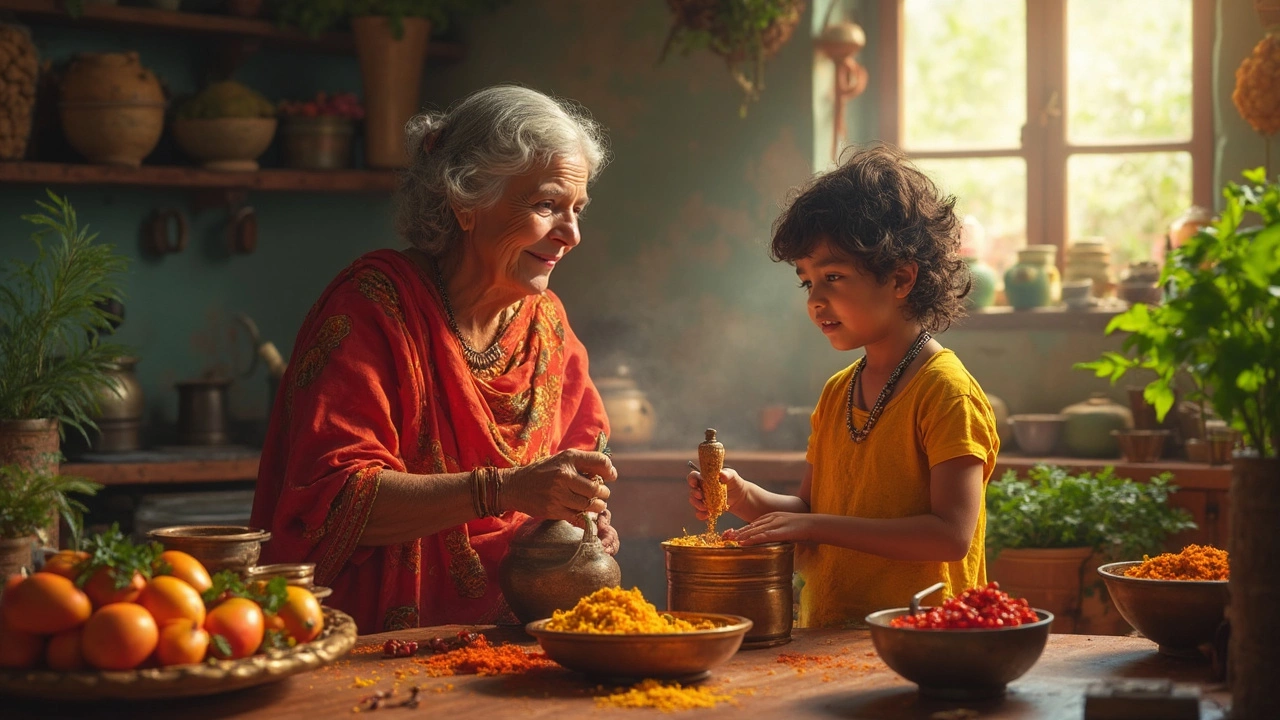How to Really Relish Indian Food at Home
If you love Indian meals but sometimes feel they’re missing that "wow" factor, you’re not alone. The secret isn’t a fancy ingredient; it’s knowing how to pair, season, and serve each dish so the flavors pop. Below you’ll find quick, practical ways to turn a regular plate of biryani, chutney, or any curry into a memorable experience.
Pick the Right Relish for Every Dish
Every main course has a natural side that lifts it. For biryani, a handful of fried onions and a squeeze of lemon adds brightness and texture. If you’re making a rich chicken biryani, try a side of fresh cucumber raita – the cool dairy cuts through the spice and keeps the palate clean.
Chutneys are the ultimate relishing tool. A thin, spicy tomato‑onion chutney works wonders with dosas, while a thick coconut‑mint version pairs nicely with grilled paneer. The trick is to match the chutney’s consistency with the main: thin for soups and stews, thick for breads and fried foods.
When you’re serving a heavy curry like butter chicken, consider a simple salad of sliced onions, tomatoes, and cilantro. The raw crunch balances the creamy sauce and adds a fresh bite.
Simple Tricks to Boost Flavor
1. **Finish with a dash of acid** – A few drops of lime, a splash of tamarind water, or even a spoonful of plain yogurt can brighten a dish instantly. It’s the same trick chefs use to finish a plate.
2. **Toast your spices** – Before grinding whole spices for biryani or masala, toast them in a dry pan for 30 seconds. The heat releases hidden aromas, making the final dish smell more inviting.
3. **Add a pinch of sugar** – A tiny amount of jaggery or brown sugar can tame excessive heat in spicy sauces without making them sweet. It rounds out the flavor profile.
4. **Use fresh herbs at the end** – Sprinkle chopped coriander, mint, or fenugreek leaves just before serving. Fresh herbs add color and a burst of aroma that dried spices can’t match.
5. **Play with texture** – Sprinkle toasted nuts, fried chickpeas, or even pomegranate seeds on top of a dal. The crunch contrasts with the soft lentils and makes each bite more interesting.
Remember, relishing isn’t about adding more food; it’s about adding the right touches at the right time. Try one or two of these tricks on your next cooking session and notice how the dish feels larger, brighter, and more satisfying.
Finally, keep a small “relish kit” in your pantry: a jar of lemon juice, a handful of toasted spices, a small bag of jaggery, and a fresh herb bundle. When you’re ready to serve, grab what you need and finish the dish in minutes. You’ll find that even the most straightforward meals become something you truly enjoy.
Chutney vs Relish: The Real Differences, Uses, and Surprising Facts
Unlock the secrets behind chutney and relish, explore their origins, ingredients, uses, and how to make the best of both for any meal.
